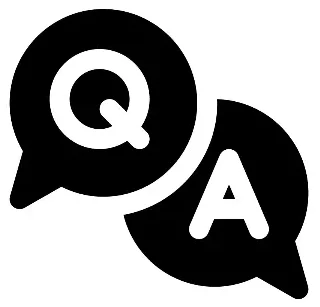Module 9: Monitoring and Performance Tuning
Looking for ‘Developing Applications with Google Cloud: Foundations Module 9 Answers’?
In this post, I provide complete, accurate, and detailed explanations for the answers to Module 9: Monitoring and Performance Tuning of Course 3: Developing Applications with Google Cloud: Foundations – Preparing for Google Cloud Certification: Cloud Developer Professional Certificate
Whether you’re preparing for quizzes or brushing up on your knowledge, these insights will help you master the concepts effectively. Let’s dive into the correct answers and detailed explanations for each question!
Monitoring and Performance Tuning
Graded Assignment
1. You want to set up monitoring for your mission-critical application. What signals should you monitor in your dashboards?
- Contrast, Latency, Traffic, Errors
- Saturation, Latency, Traffic, Errors ✅

- Saturation, Latency, Throttling, Errors
- Security, Latency, Throttling, Errors
Explanation: These are the four key Golden Signals for monitoring application performance:
- Saturation → Measures resource exhaustion (e.g., CPU, memory).
- Latency → Measures response times.
- Traffic → Measures the number of requests.
- Errors → Tracks failures in the system.
2. Users are encountering errors in your application. You want to view the stack trace to determine where the error occurred. Which service would help you view the stack trace?
- Cloud Trace
- Cloud Monitoring
- Error Reporting ✅

- Cloud Logging
Explanation:
Error Reporting automatically groups, analyzes, and provides stack traces for errors, making it ideal for debugging.
3. You want to stream logs into Cloud Logging from third-party applications running on Compute Engine instances. What service should you consider?
- Cloud Trace
- Cloud Monitoring
- Error Reporting
- Ops Agent ✅

Explanation:
Ops Agent is designed for logging and monitoring Compute Engine instances, including third-party applications.
Related contents:
Module 2: Best Practices for Cloud Application Development
Module 3: Getting Started with Google Cloud Development
Module 4: Data Storage Options
Module 5: Handling Authentication and Authorization
Module 6: Adding Intelligence to Your Application
Module 7: Deploying Applications
Module 8: Compute Options for Your Application
You might also like:
Course 2: Google Cloud Fundamentals: Core Infrastructure
Course 4: Service Orchestration and Choreography on Google Cloud
Course 5: Developing Applications with Cloud Run Functions on Google Cloud
Course 6: Developing Containerized Applications on Google Cloud
Course 7: Developing Applications with Cloud Run on Google Cloud: Fundamentals
Course 8: Integrating Applications with Gemini 1.0 Pro on Google Cloud
